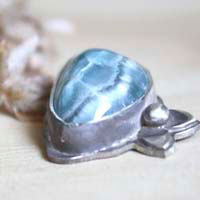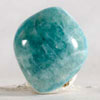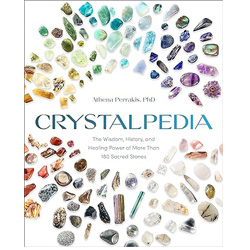- Jewelry
- Inspiration
- Our imagination
- Birthstones
- Celebrating with Eternal Flowers
- Druids and druidesses
- Flower meanings
- History, archeology jewelry
- History and healing properties of metals
- History and healing properties of stone
- Illumination jewelry
- Japanese symbols
- Maya calendar jewelry
- Stone color symbolism
- Stones catalogue
- Wedding anniversaries
- Searches a theme on the site
- Good Deals
- Paintings
- About
- Contact
JEWELRY
- Anklet
- Bracelets
- Brooches
- Cufflinks
- Earrings
- Pendants & Necklaces
- Rings
- Draw your jewelry
- How to clean your jewel
- Metal we used
INSPIRATION
- Our imagination
- Birthstones
- Celebrating with Eternal Flowers
- Druids and druidesses
- Flower meanings
- History, archeology jewelry
- History and healing properties of metals
- History and healing properties stones
- Illumination jewelry
- Japanese symbols
- Maya calendar jewelry
- Stone color symbolism
- Stones Catalogue
- Wedding anniversaries
- Searches a theme on the site
Smithsonite: history, healing properties and lithotherapy
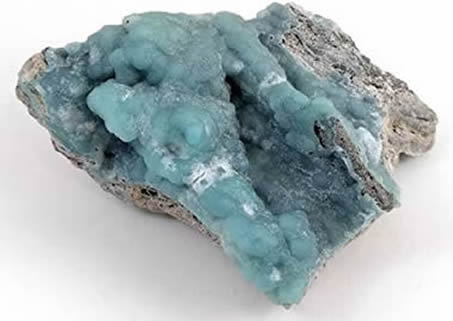
Smithsonite properties

Smithsonite is a rare and valuable mineral belonging to the carbonate group. It was identified and named in 1832 by François Sulpice Beudant, who distinguished it from other zinc minerals. Its name was given in honor of James Smithson, a British scientist and philanthropist known for founding the Smithsonian Institution in Washington, D.C. He is also recognized for demonstrating the distinction between smithsonite and hemimorphite, another zinc-containing mineral with which it had long been confused.
Also known as bonamite, calamine, or zinc carbonate, smithsonite is a zinc carbonate mineral with the chemical formula ZnCO₃. It is an important secondary ore in zinc mining, forming primarily in the oxidation zone of zinc deposits. It results from the alteration of other zinc-rich minerals, particularly sphalerite, through the action of groundwater containing dissolved carbon dioxide.
Crystallographically, smithsonite belongs to the rhombohedral system and exhibits a trigonal-symmetric structure. However, it is most commonly found in botryoidal (grape-like), mammillary, or stalactitic formations, with surfaces that may be smooth or porous. Well-developed crystals are rare and usually small, adopting rhombohedral or scalenohedral shapes.
With a hardness of 4 to 4.5 on the Mohs scale, smithsonite is relatively fragile and sensitive to impact. Its luster ranges from vitreous to pearly, and it has a conchoidal to subconchoidal fracture. Its density, between 4.3 and 4.5, is relatively high for a carbonate due to its significant zinc content.
Smithsonite is particularly valued for its wide range of colors, which are influenced by trace elements in its composition:
- Turquoise blue to translucent green when pure or associated with copper.
- Pink to red due to traces of cobalt.
- Yellow to orange when cadmium is present.
- Gray to brown when iron or manganese impurities are included.
Some smithsonite varieties exhibit fluorescence under ultraviolet light, typically in pale green or light blue hues, a phenomenon linked to impurities in its crystal structure.
Although often overlooked, this mineral plays a key role in the study of geological processes involved in zinc deposit formation and remains highly sought after by collectors for its beauty and unique properties.
Mines: England, Belgium, Canada, France, Namibia, Spain, Mexico, Madagascar, Greece, the USA and Italy.
History, legends and beliefs about the smithsonite
Smithsonite has been known since antiquity in Europe under the name calamine, a term that historically encompassed several zinc-rich minerals. Early miners and metallurgists did not distinguish between smithsonite and other zinc minerals, as they shared similar characteristics and were often extracted from the same deposits.
The Romans were already exploiting these zinc ores to produce brass, an alloy of copper and zinc obtained by heating calamine ore with copper. This technique was used long before modern methods for extracting metallic zinc were discovered. Brass artifacts from this era have been found in Asia Minor, Greece, and Italy, attesting to the ancient use of these minerals in metallurgy.
During the Middle Ages and the Renaissance, calamine continued to be mined, particularly in European deposits located in Saxony (Germany), Belgium, England, and Poland. It was primarily used to enrich copper and manufacture brass, which was employed in coin minting, decorative objects, and scientific instruments.
It was not until the 18th century that scientists began to differentiate the various zinc ores.
In some esoteric traditions and ancient beliefs, calamine ores were sometimes associated with protective properties. It was thought that brass objects made from these minerals possessed purifying and energetic qualities. Some medieval alchemists considered zinc an intermediate metal between lead and silver, attributing to it transmutation and regenerative properties.
Today, smithsonite is primarily valued for its beauty and scientific significance in understanding the oxidation processes of zinc deposits. It remains a highly sought-after collector’s mineral and is also used in jewelry, although its relative fragility limits its use to protected ornamental pieces.
Healing properties and benefits of smithsonite
Throughout the long history of humanity, people have attributed various properties, virtues and healing beliefs to smithsonite. The information presented here is shared from a cultural and historical perspective, in order to illustrate the symbolic relationship that has developed between this stone and different civilizations over the centuries. Like the preceding elements, it is part of our scientific and historical approach. It does not constitute any form of therapeutic or medical recommendation, nor does it reflect our personal beliefs.
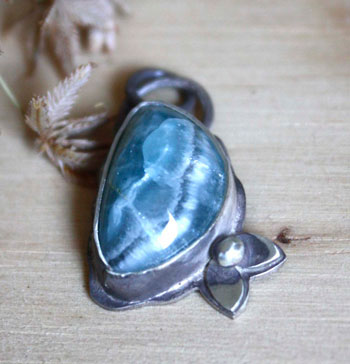
- Smithsonite is renowned for strengthening the immune system, helping the body better defend itself against infections and seasonal illnesses.
- It may stimulate blood circulation and improve the elasticity of blood vessels, promoting better oxygenation of tissues and overall support for the cardiovascular system.
- Due to its zinc content, smithsonite is sometimes associated with improved skin health, aiding in cases of acne, skin irritations, or slow wound healing.
- It is often recommended for bone and dental support, potentially assisting in the prevention and management of conditions like osteoporosis.
- Smithsonite is also linked to the digestive system, helping to alleviate issues such as bloating, indigestion, or poor nutrient absorption.
- It may play a role in weight regulation, helping to maintain a balanced metabolism and supporting the proper functioning of the liver and pancreas.
- Some practitioners recommend it for its beneficial effects on the endocrine system, helping to balance hormones and support reproductive health.
- Smithsonite is sometimes associated with a soothing effect on the respiratory system, which may be helpful for sinusitis, allergies, or chronic bronchial irritation.
- As a stone of gentleness and comfort, smithsonite is often advised for those prone to chronic stress, anxiety, or emotional tension. It provides a sense of calm and serenity in difficult situations.
- It is believed to help release deep emotional wounds, particularly those related to childhood or past traumas.
- Thanks to its gentle energy, it is especially recommended for those struggling with hypersensitivity, shyness, or low self-confidence.
- Smithsonite is a stone of emotional balance, promoting inner stability and helping to restore a peaceful mindset during periods of change or uncertainty.
- It is often suggested for individuals experiencing burnout, nervous fatigue, or emotional exhaustion, allowing them to gradually regain their vitality and motivation.
- It acts as an energetic shield, protecting its wearer from negative influences and disruptive energies in their environment.
- Smithsonite helps to harmonize energies, fostering balance between body and mind, making it an excellent aid for meditation and spiritual work.
- In lithotherapy, it is sometimes used to strengthen the connection with spiritual guides, providing inner clarity and enhancing receptivity to subtle messages.
 Please note that all healing properties attributed to stones come from ancient traditions and various cultural sources. This information is provided for informational purposes only and does not constitute medical advice. In case of any health concerns, it is recommended to consult a qualified professional.
Please note that all healing properties attributed to stones come from ancient traditions and various cultural sources. This information is provided for informational purposes only and does not constitute medical advice. In case of any health concerns, it is recommended to consult a qualified professional.
Smithsonite jewelry samples
To learn more about litotherapy, we recommend you the following books:

